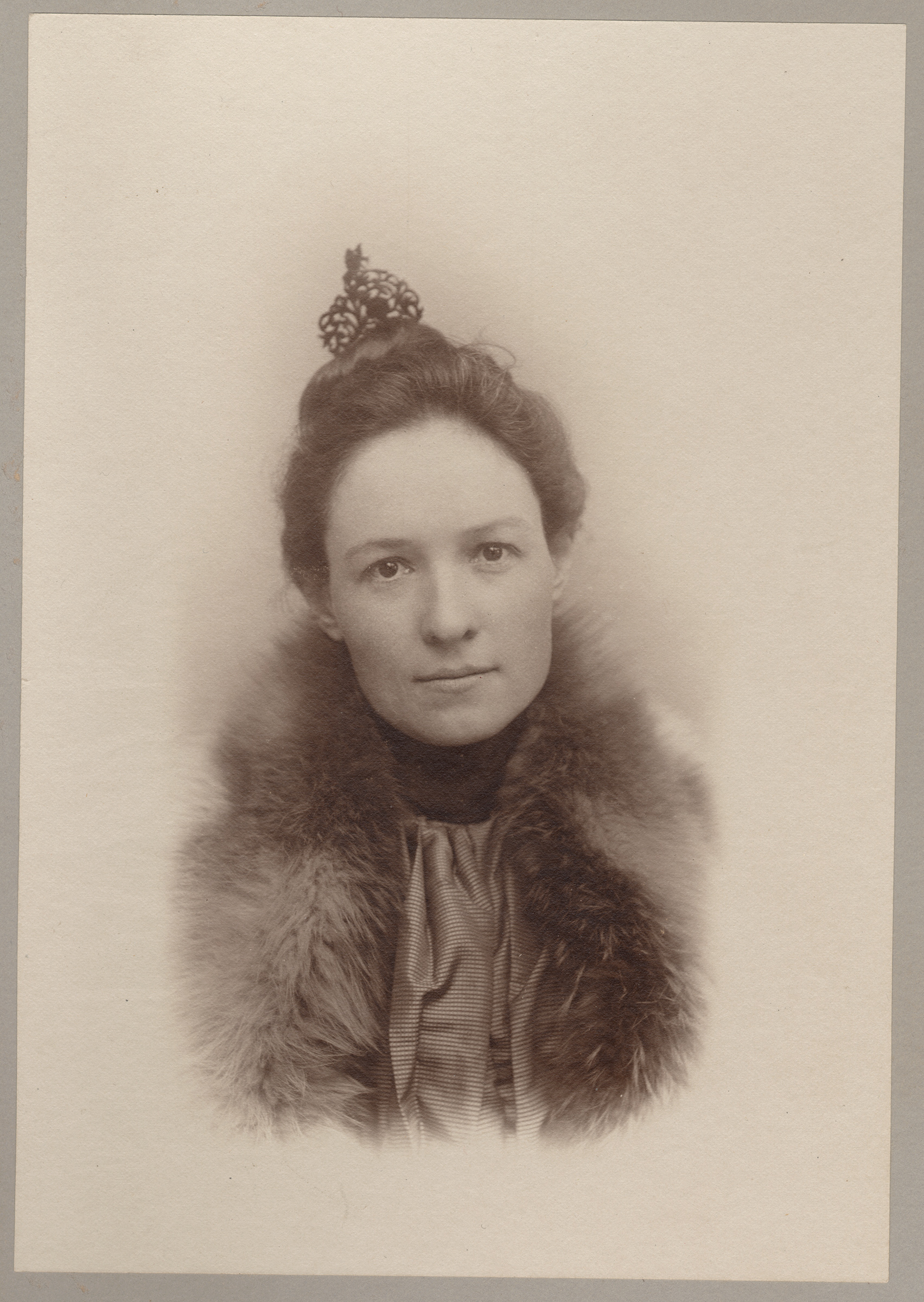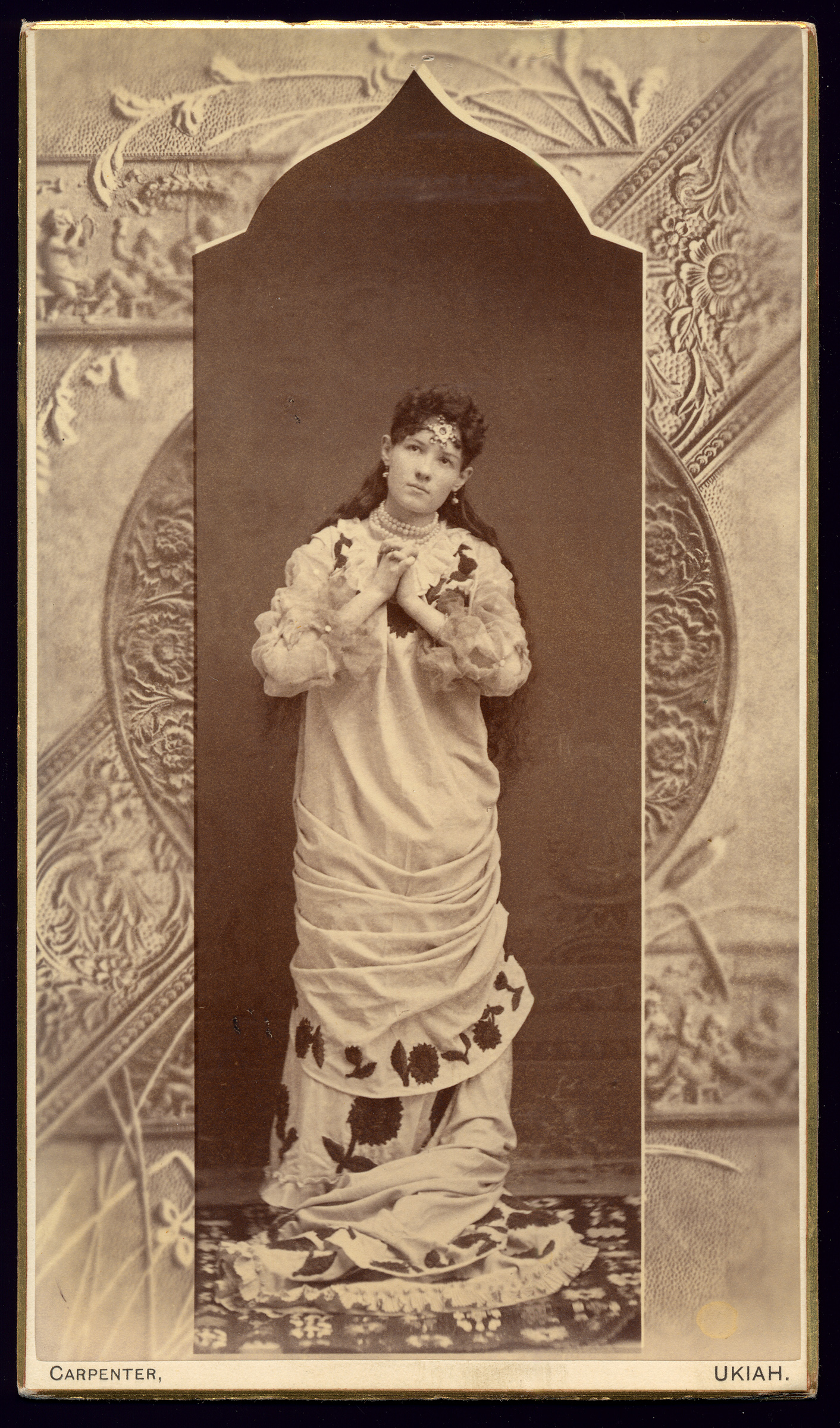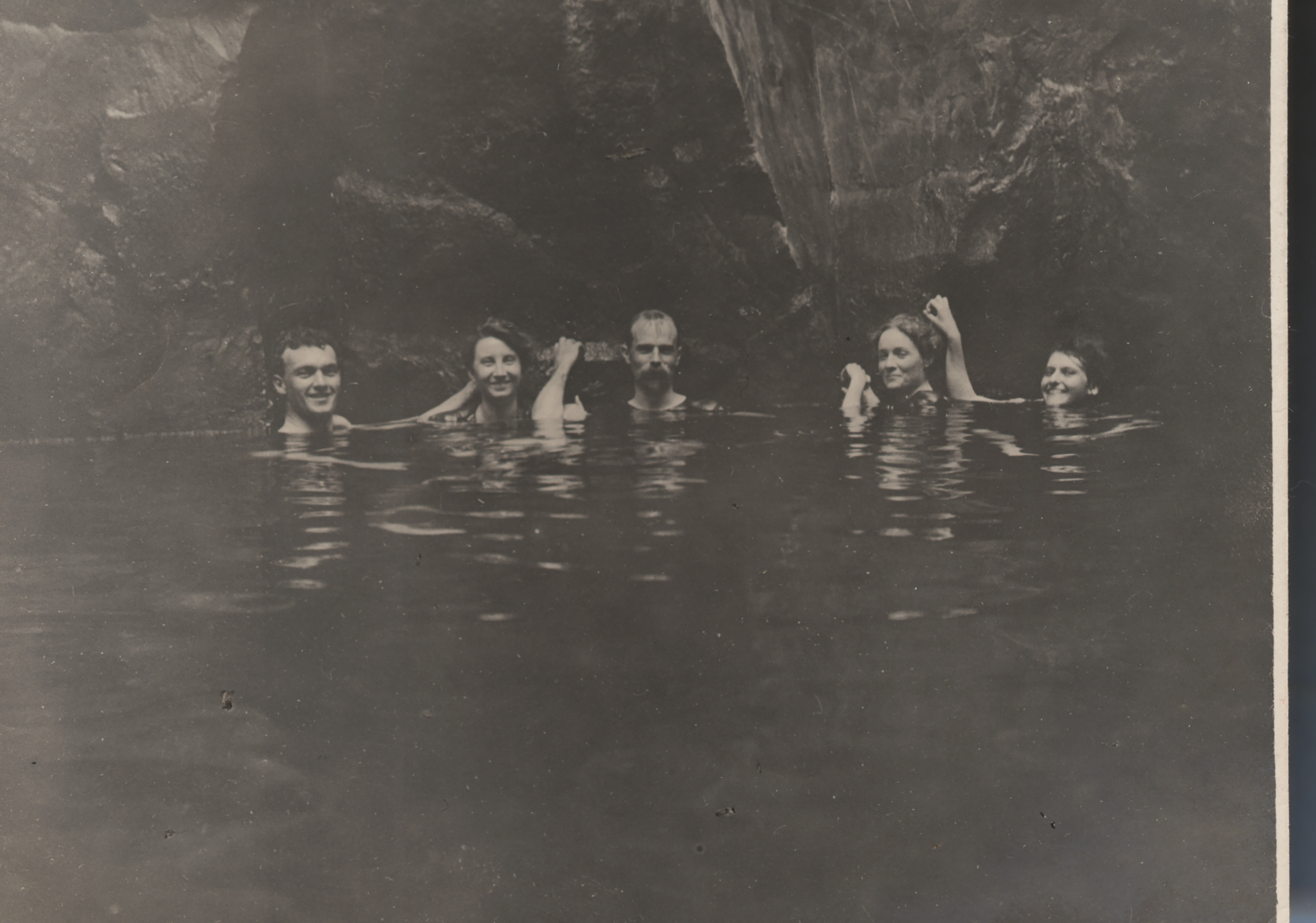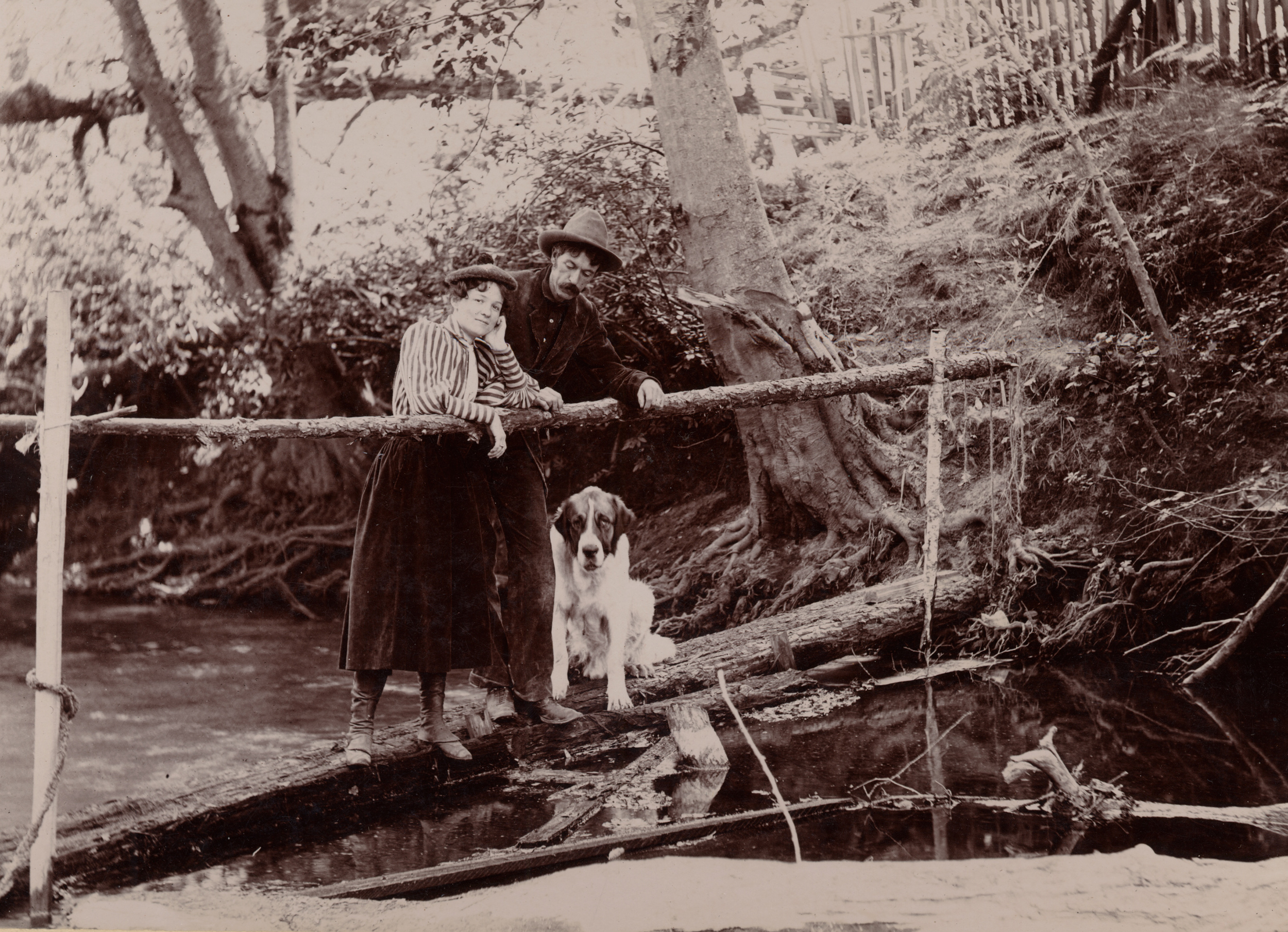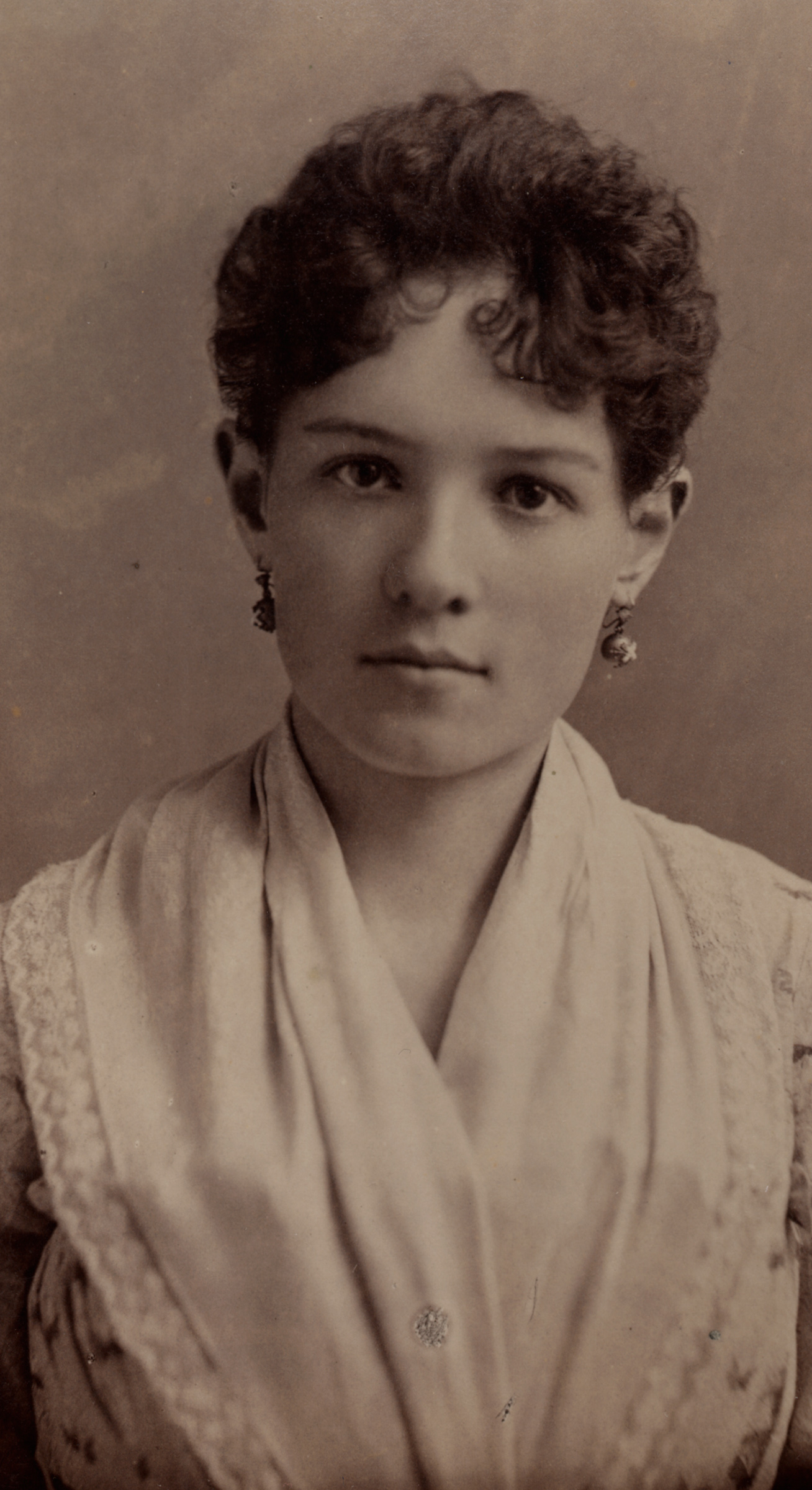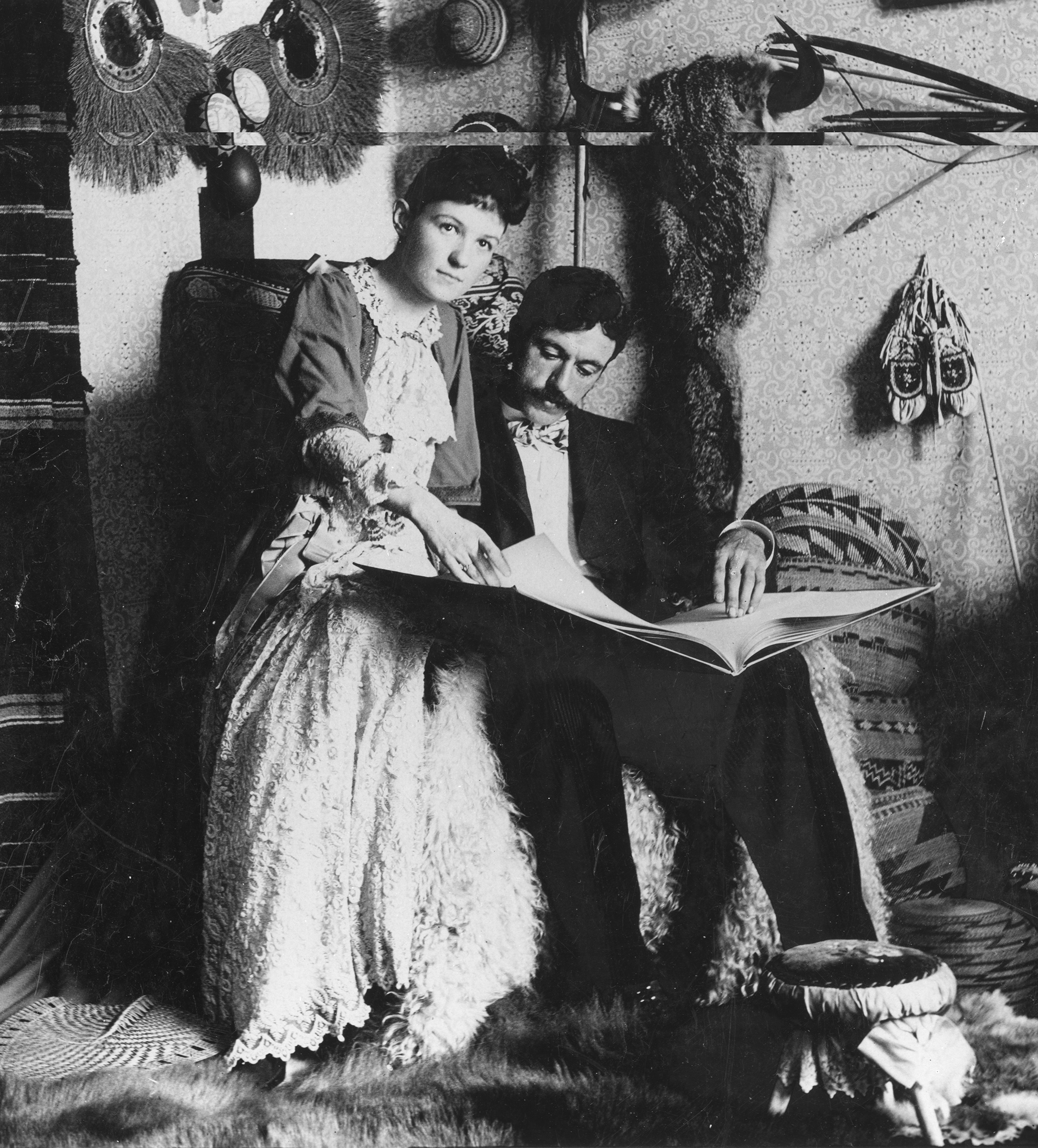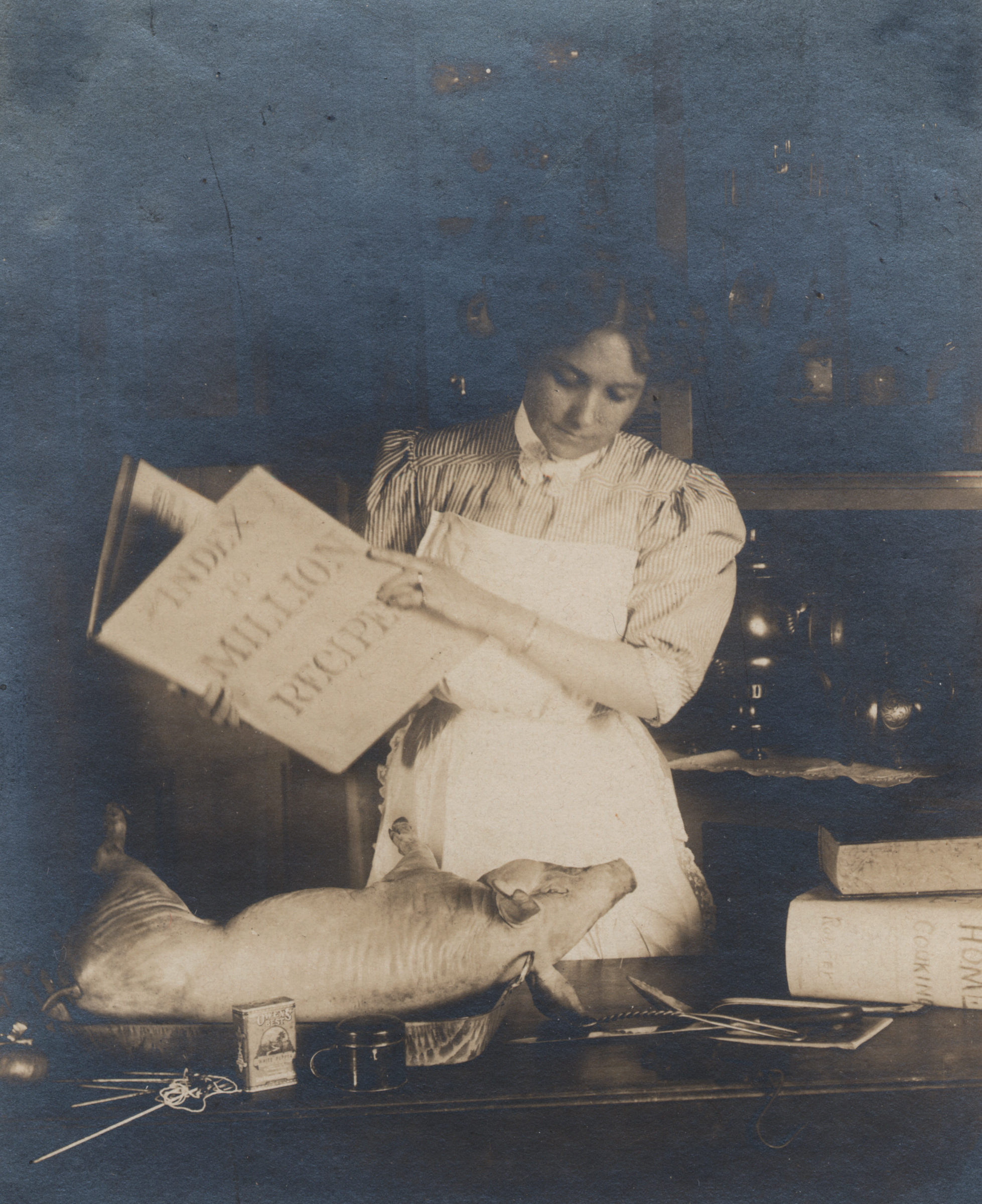Grace Carpenter Hudson inherited a legacy of determination, creativity, and vision from a long line of fascinating family members. On the Carpenter side, she could trace her lineage back to some of the earliest white settlers of New England, who arrived in Massachusetts from Great Britain in 1638. Ancestors included soldiers in the American War of Independence, a Lieutenant Governor of Vermont, one of the earliest American women’s rights activists, and compatriots of revolutionary abolitionist, John Brown. Many in her family had a true pioneering spirit, migrating westward as the country expanded, settling regions and founding institutions along the way. Grace’s husband, John Hudson, came from an old Southern family in Nashville, Tennessee. His conservative and traditional upbringing was in marked contrast to that of Grace’s restless forebears. Be sure to visit the Norma and Evert Person Gallery at the Museum to learn more about the many remarkable individuals in the Carpenter-Hudson family.
Grace Carpenter Hudson (1865-1937) was born to well-educated pioneer parents in Potter Valley, California, some 130 miles north of San Francisco in rural Mendocino County. She showed an early talent for drawing that was developed by professional training in San Francisco in the early 1880s at the San Francisco School of Design, where she excelled in portraiture.
After a brief failed marriage to William T. Davis, a real estate and money broker, she returned to her parents' home in Ukiah, Mendocino County, where she gave painting lessons and helped out in her parents' photography studio. In 1890 she married again, this time to John Hudson, a physician for the San Francisco and North Pacific Railroad that had its terminus in the town.
With John's encouragement she began painting the local Pomo Indian peoples whom she had known since a child. Her 1891 portrait of a sleeping Pomo baby, entitled "National Thorn," was the first in her series of numbered oil paintings, that grew to over 680 works by the time of her death in 1937.
Hudson's reputation as an Indian painter was national during her lifetime. While nearly all her portraits were of Pomo peoples, she is also known for the 26 canvases of Japanese, Chinese, and Hawaiian natives she painted during a year's sojourn in the Hawaiian Islands in 1901, as well as sketches she produced of Pawnee Indians in Oklahoma Territory, circa 1903-04. Though she worked primarily in oils, she also produced lovely watercolors, pen and ink illustrations, and charcoal, pencil, and crayon drawings. Today her work enjoys renewed interest and recognition for its fine and sympathetic portrayals of native peoples.
Learn about Grace Carpenter Hudson's early career, and her most famous painting
Little Mendocino
Grace Carpenter Hudson
1892, oil on canvas
36" x 26"
In the collections of the
California Historical Society
The August 2013 issue of Maine Antique Digest features a lengthy article on Grace Hudson and her early career by Karen Holmes, Grace Hudson Museum Registrar and Carpenter Family Historian. "The Sincerest Form of Flattery: Grace Hudson's Little Mendocino and Its Many Copies," traces the history of Hudson's 1892 portrait of a crying Pomo Indian baby that became the artist's best known work. Both the provenance of the original painting and the many copies it mysteriously inspired are thoroughly discussed in this copiously illustrated article. It provides the clearest picture yet of both the first years of Hudson's career, and her working methods as one of America’s earliest commercially successful female artists.
Article provided courtesy of Maine Antique Digest.

